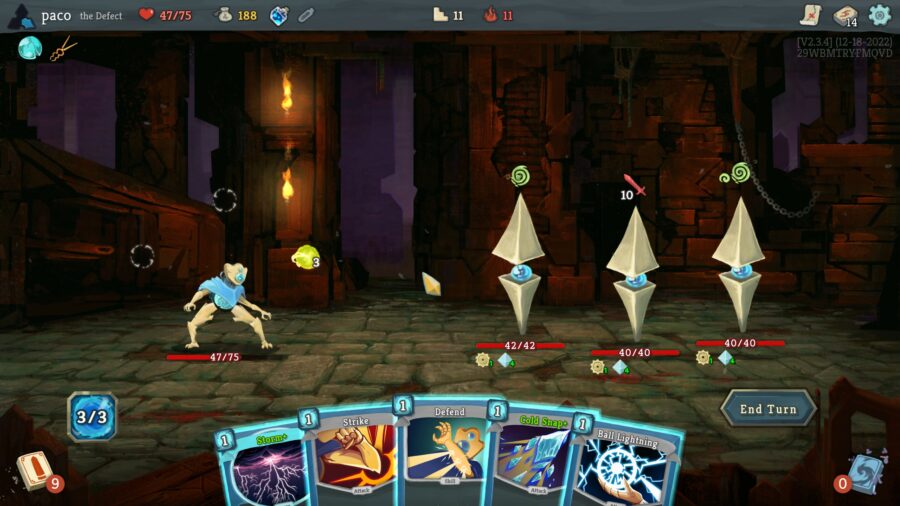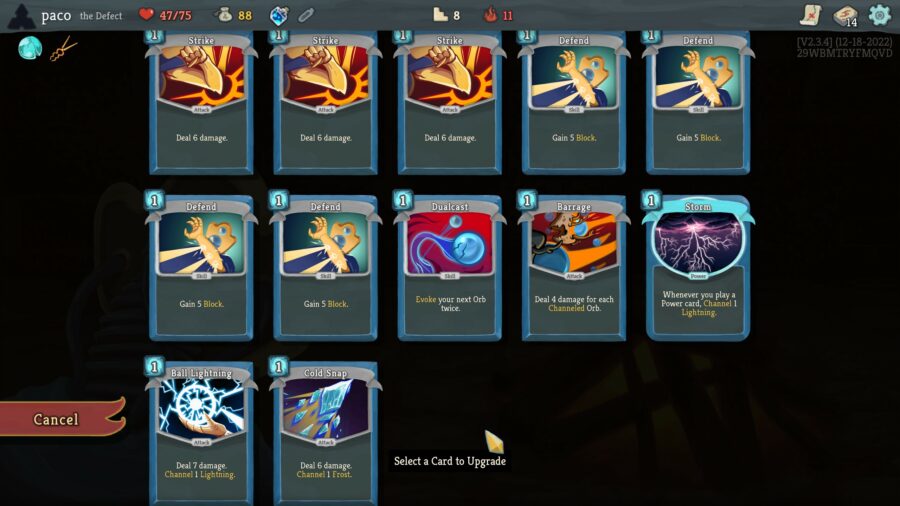Magic: The Gathering is a fantastic trading card game. With three decades of history, there are thousands of cards to piece together in deck building. Across the game’s various formats, much of Magic’s joy comes from piecing together synergy between cards to make a unique deck, then playing it several times to see how it works out in actual games. Unfortunately, that last step brings in Magic’s greatest weakness: Magic players.
To be clear, there are plenty of wonderful people who play Magic, but anyone who frequents Friday Night Magic events knows that there’s also a multitude of players out there waiting to make your fun card game miserable. There’s the player who uses cards that cost more than your entire collection to win before you get to play. There’s the guy who counters every card you play. There’s the guy who whines when you counter every card he plays. The loud player. The slow player. It seems there are as many types of annoying Magic players as there are Magic cards.
Magic: The Gathering Arena, the online version of the game, mitigates some of these problems, but still forces you to interact with your fellow Magic players. You’ll still have to deal with power gamers playing identical “meta” decks. Players will also still find ways to annoy you with vaguely toxic emotes and taking as long as the game allows on every turn. Fortunately, video games like Slay the Spire exist to fill the deck-building hole in your heart without any human interaction at all!
Slay the Spire has a simple story: a handful of individual explorers are trying to climb the eponymous spire, to destroy its (literal) heart. Much like in Magic, this story can be ignored entirely, but there are plenty of fun little side characters and lore bits to latch onto along the way. In both cases, the narrative is just background for a robust card game.

There are four playable characters to choose from, each with a unique pool of cards and a distinct play style. These characters are similar to Magic’s five-color system. The character you choose points you towards a general strategy but there are numerous deck “archetypes” that exist for any given character. The Silent, a skull-masked huntress, might have a deck built around playing dozens of free damage cards in a turn, or it might be built around poisoning and debuffing enemies into the ground.
After every battle you can pick one of three cards to add to your deck, allowing you to slowly customize your deck. It’s a bit like draft in Magic, forcing you to adjust your deck-building strategy to the choices you end up with. There are also shops and events that will allow you to add new cards, upgrade your cards, and remove cards from your deck along the way.
Adding to the complexity there are also artifacts: powerful permanent upgrades. A successful build isn’t just a powerful deck with lots of synergy between cards, there also needs to be synergy between artifacts and the deck as a whole. This makes every choice along the way impactful.

Slay the Spire is also a roguelike, meaning it’s designed to be replayed multiple times. This gives you the opportunity to build lots of decks and experiment with different strategies. As you progress more cards and artifacts are added to the pool, keeping things fresh even if you’re not jumping between characters. If you’re the sort of Magic player who’s constantly fighting the urge to build new decks, Slay the Spire gives you an excuse to lean into that impulse.
Slay the Spire takes the thrill of deckbuilding and gives you AI opponents to play against. It’s strategically deep, addictive, and rewards experimentation. If you need a break from That One Guy at your local game store, you can spend your Friday night with Slay the Spire instead.
Slay the Spire might be for you if:
- You love deckbuilding
- You’re fine with a story-lite experience
- You like thoughtful turn-based combat
It might not be for you if:
- You stick to one deck or strategy
- You primarily like the social element of TCGs
Slay the Spire is available on PC, mobile, Switch, PS4, and Xbox One.
This article is satirical. Hard Drive is a gaming/tech satire site. All content should be considered parody and entertainment purposes only.



